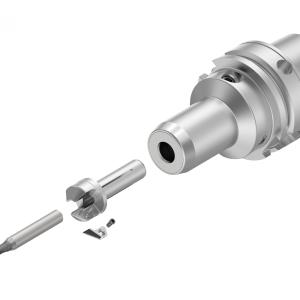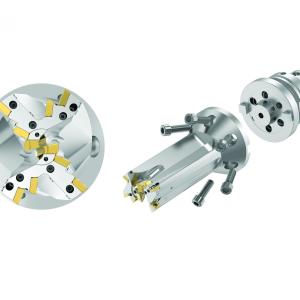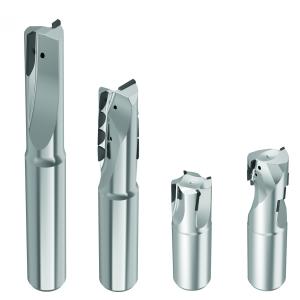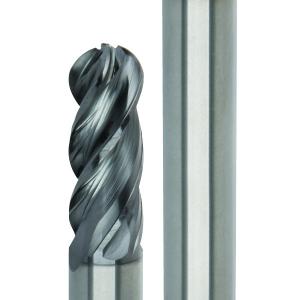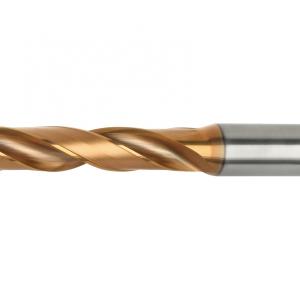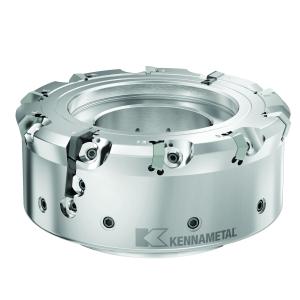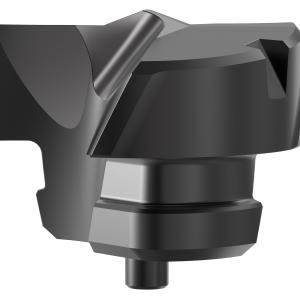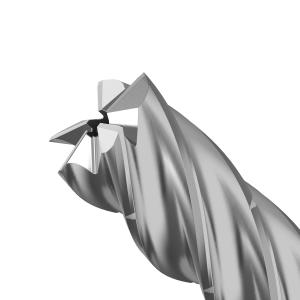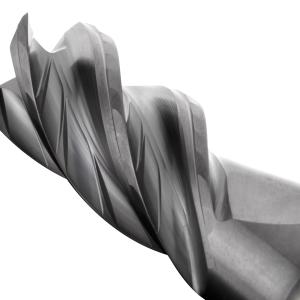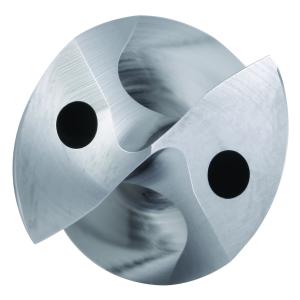Contact Details
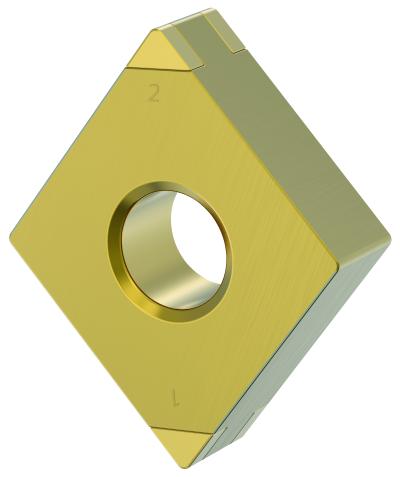
Kennametal announced its latest innovation in hard turning, KBH10B and KBH20B PCBN grades, double-sided inserts for materials up to 65 HRC. The new grades deliver high productivity and long tool life when turning tool steels and other hardened materials.
“Kennametal’s new KBH10B and KBH20B grade inserts are an excellent choice for high-volume production of hardened gears, shafts, bearings, housings, and other drivetrain components, where tooling cost per part is an important metric,” said Robert Keilmann, product manager, turning.
Polycrystalline cubic boron nitride (PCBN) mini-tipped inserts have long been recognized as a great option for reducing part cost when turning hardened steel components. Kennametal’s new grades of PCBN inserts improve upon that value proposition by delivering increased productivity with a lower cost per part. Features include:
- Patented ceramic binder structure and TiN/TiAlN/TiN coating that provides extreme wear resistance even at elevated cutting speeds.
- A gold PVD coating makes it easy to identify when an insert needs indexing, while the numbered corners assure that a machine operator won’t inadvertently switch to a used edge.
- Two edge preparations in a “trumpet” style hone for heavier and interrupted cuts, and a light hone for continuous turning. Both are free cutting, further extending tool life and generating surface finishes down to 0.2 Ra.
- The PCBN mini-tips are offered in four insert shapes—three rhomboidal and one triangular—which means up to six cutting edges per insert.
Related Glossary Terms
- cubic boron nitride ( CBN)
cubic boron nitride ( CBN)
Crystal manufactured from boron nitride under high pressure and temperature. Used to cut hard-to-machine ferrous and nickel-base materials up to 70 HRC. Second hardest material after diamond. See superabrasive tools.
- hard turning
hard turning
Single-point cutting of a workpiece that has a hardness value higher than 45 HRC.
- physical vapor deposition ( PVD)
physical vapor deposition ( PVD)
Tool-coating process performed at low temperature (500° C), compared to chemical vapor deposition (1,000° C). Employs electric field to generate necessary heat for depositing coating on a tool’s surface. See CVD, chemical vapor deposition.
- polycrystalline cubic boron nitride ( PCBN)
polycrystalline cubic boron nitride ( PCBN)
Cutting tool material consisting of polycrystalline cubic boron nitride with a metallic or ceramic binder. PCBN is available either as a tip brazed to a carbide insert carrier or as a solid insert. Primarily used for cutting hardened ferrous alloys.
- polycrystalline cubic boron nitride ( PCBN)2
polycrystalline cubic boron nitride ( PCBN)
Cutting tool material consisting of polycrystalline cubic boron nitride with a metallic or ceramic binder. PCBN is available either as a tip brazed to a carbide insert carrier or as a solid insert. Primarily used for cutting hardened ferrous alloys.
- tool steels
tool steels
Group of alloy steels which, after proper heat treatment, provide the combination of properties required for cutting tool and die applications. The American Iron and Steel Institute divides tool steels into six major categories: water hardening, shock resisting, cold work, hot work, special purpose and high speed.
- turning
turning
Workpiece is held in a chuck, mounted on a face plate or secured between centers and rotated while a cutting tool, normally a single-point tool, is fed into it along its periphery or across its end or face. Takes the form of straight turning (cutting along the periphery of the workpiece); taper turning (creating a taper); step turning (turning different-size diameters on the same work); chamfering (beveling an edge or shoulder); facing (cutting on an end); turning threads (usually external but can be internal); roughing (high-volume metal removal); and finishing (final light cuts). Performed on lathes, turning centers, chucking machines, automatic screw machines and similar machines.
- wear resistance
wear resistance
Ability of the tool to withstand stresses that cause it to wear during cutting; an attribute linked to alloy composition, base material, thermal conditions, type of tooling and operation and other variables.

